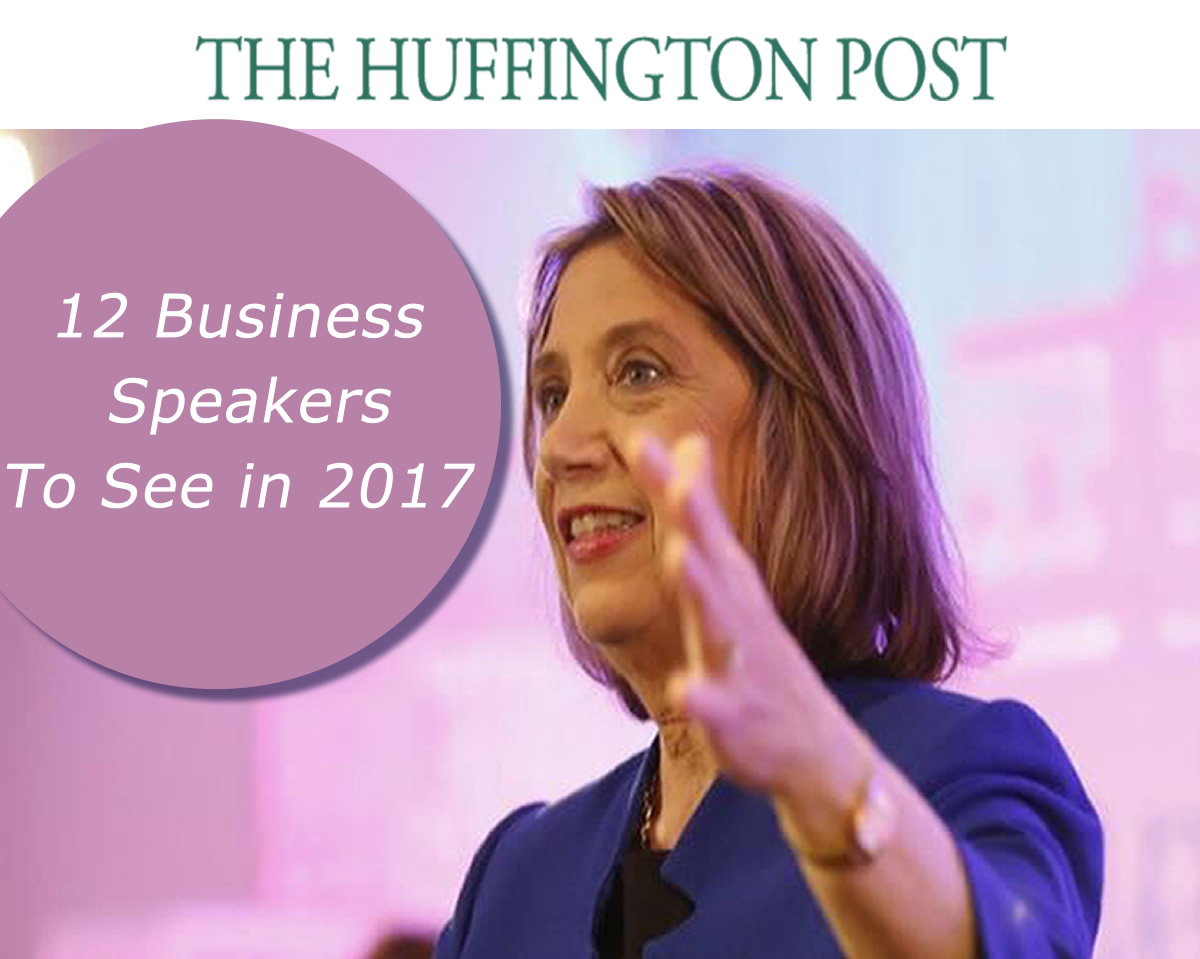Do reviews actually help your brand attract customers?
We already know that people really trust peer-to-peer social recommendations, but does that extend to the realm of product reviews?
This is a question we asked ourselves repeatedly during the marketing of our best-selling book The Social Employee (McGraw-Hill, 2014). We knew that good word of mouth was helping to drive book sales, but how much of that came from reviews on sales pages like Amazon? Did these reviews affect buying decisions at all, or were they simply there to boost our egos?
While we may never know specifically what kind of affect these reviews had on our sales, the general answer is that social reviews are very important to your brand and product offerings. Here are the numbers:
- Eighty-one percent of people research products, and 61 percent read reviews, before buying (source: MineWhat).
- Customers read between 1 and 10 reviews before purchasing—and 82 percent actively seek out negative reviews to get a more complete picture of the product (source: PowerReviews).
- Nearly 90 percent of people say they consult reviews at least occasionally to make purchase decisions (source: Entrepreneur).
Not only do people prefer having ready access to products reviews, but the quality and volume of those reviews can affect your search engine results as well. The more reviews about you, the more likely you are to show up in search queries.
Of course, there are some nuances to how brands get reviews and prospective customers interpret them, so let’s take a look at couple basic considerations for good product reviews.
Are Too Many 5-Star Reviews Bad?
As we say so often here at Blue Focus Marketing (@BlueFocus), authenticity rules the day in the digital bazaar—and sometimes customers’ quest for it can manifest in remarkable ways. According to recent data from Northwestern University’s Spiegel Digital & Database Research Center, too many five-star reviews for a product or service can actually steer people away from your product. At first glance, this seems counter-intuitive. After all, if your product has tons of perfect ratings, it must be the real deal, right?
Well, not really. Unfortunately, there will always be people looking to cut corners, and plenty of services exist for buying reviews, followers or anything else to boost visibility. The good news is that people are pretty savvy these days. They know that some people will cook the books on their product reviews, and as a result the perfect five-star review has become a little bit of a red flag of in-authenticity.
So while it may feel counter-intuitive to some, it’s actually good to get a few two-, three- or four-star reviews thrown into the mix because it shows that your products are being reviewed by real people. According to the Northwestern University data, products with reviews between 4.2 and 4.5 stars get the most purchases. So although those negative reviews can bruise the ego, they’re nothing to lose sleep over—and can actually help your sales.
The Reviews Must Be Valuable
Whether one star or five, reviews are supposed to be helpful to others considering a purchase decision. So whether you liked the product or not, it’s up to you to explain why. Good reviews provide context, explaining either the merits or drawbacks of a product—or both—and why these elements led to the reviewer giving the rating they did.
For platforms like Amazon, writing reviews with valuable detail also helps prove that you’re a real person who has actually used the product and is not deeply biased (and not the seller’s parents or best friends). Sites like Amazon and Yelp have built their business models around genuine word of mouth and product recommendations—and therefore they have little tolerance for inauthentic posters trying to game the system. In fact, news just broke recently that Amazon is taking legal action against over a thousand “fake” reviewers in an effort to keep their system as authentic as possible.
Ultimately, reviews are essential to your business, products and services—and people are more likely to trust your brand the more opportunities you give them to provide feedback. So if you’re getting ready to leave a review—or if you’re encouraging customers to leave their own—just remember: the best reviews, whether positive or negative, are honest, clearly explaining the product’s major benefits and drawbacks and what kind of person might find the it valuable.
What is your organization doing to grow a review-based culture around your brand?
Below are recent endorsements for The Social Employee (McGraw-Hill, August 2013) by Tom Peters and David Aaker on their social networks, but if you want to see more of their endorsements click here.

In The Social Employee, we go behind the scenes with several leading brands—such as IBM, AT&T, Dell, Adobe, Southwest Airlines, Cisco, Acxiom, and Domo—pulling the lid off the inspiring social business success stories that have propelled these companies into the 21st century. These cutting-edge brands have all come to the same realization: the path to social business lies through empowering the social employee.
See what others are saying about The Social Employee and order your copy today!
Please check out @SocialEmployee media buzz! 
“Great brands have always started on the inside, but why are companies taking so long to leverage the great opportunities offered by internal social media? . . . The Social Employee lifts the lid on this potential and provides guidance for businesses everywhere.” —JEZ FRAMPTON, Global Chairman and CEO, Interbrand
 The Social Employee offers an unparalleled behind-the-scenes look at the social business success stories of some of the biggest brand names in the business world, including IBM, AT&T, Dell, Adobe, Southwest Airlines, Cisco, Acxiom, and Domo. These cutting-edge brands have all come to the same realization: the path to social business lies through empowering the social employee.
The Social Employee offers an unparalleled behind-the-scenes look at the social business success stories of some of the biggest brand names in the business world, including IBM, AT&T, Dell, Adobe, Southwest Airlines, Cisco, Acxiom, and Domo. These cutting-edge brands have all come to the same realization: the path to social business lies through empowering the social employee.
The brands that leverage their employee base in order to engage customers and prospects through social media are the ones destined to win the marketing wars. This book not only details the astronomical rise of the social employee, but also outlines the innovative methods that leading companies have employed to foster cultures of enthusiastic and engaged workers.
FOR EWORD by David C. Edelman, Global Co-Leader, Digital Marketing & Sales Practice, McKinsey & Company
EWORD by David C. Edelman, Global Co-Leader, Digital Marketing & Sales Practice, McKinsey & Company
AFTERWORD by Kevin Randall, Vice President of Brand Strategy & Research at Movéo Integrated Branding, and journalist for The New York Times, The Economist and Vanity Fair.
Download ~> Free Chapter 3 – “Brands Under Pressure”


















